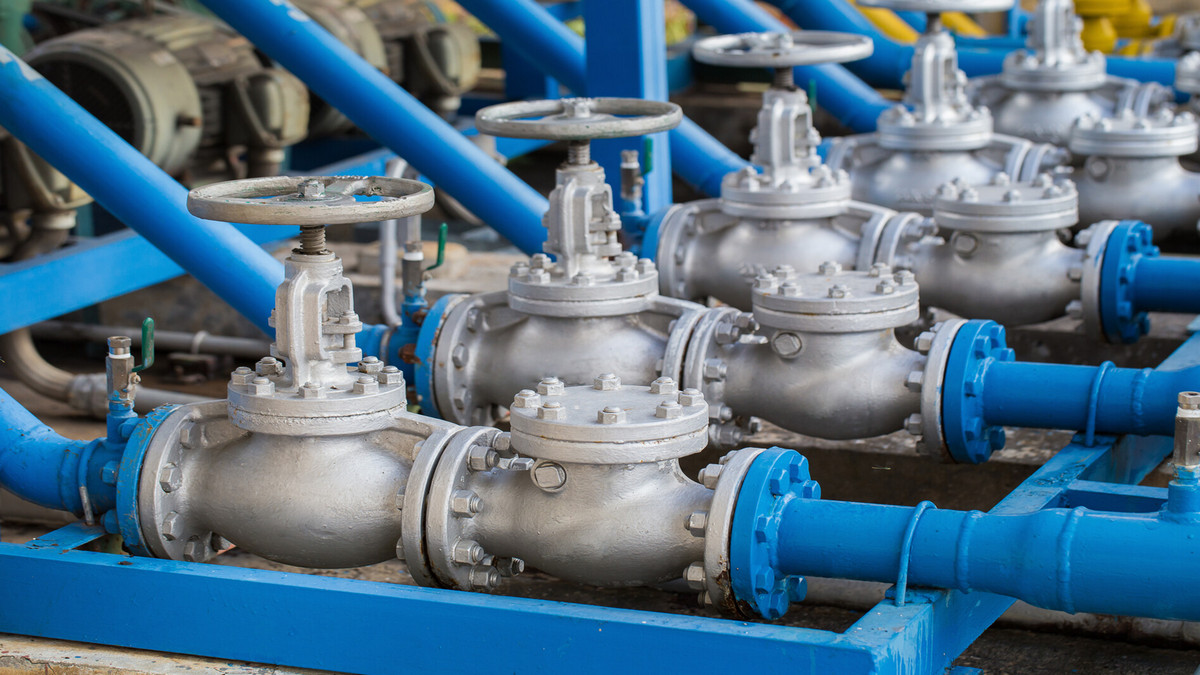Valve is an important adjustment device in the fluid transportation system, which can basically control the on-off, flow and flow direction of the fluid. There are many types and specifications of valves, and the valves used for different work requirements are also different. The working principles, advantages and disadvantages of 5 common types of valves are described below.
The main function of the valve is to open, close and control the flow of the fluid, including water and hardware products such as faucets that are common in daily life, all of which belong to a type of valve; On various pipelines in semiconductor factories, mechanical devices that adjust the flow, direction, pressure and temperature of pipeline fluids, such as ball valves, butterfly valves, half-ball valves, ball valves, check valves, etc., are of various types, and are even closely related to their key processes. , so the price also ranges from several thousand yuan to several million yuan. According to the report of the research institute Grand View Research, the global industrial valve market will reach 85.6 billion US dollars (about 2.6 trillion Taiwan dollars) in 2022. The mainstream of the market is Germany, the United States, and Japan, followed by mainland China, Taiwan, and South Korea. and so on. Three minutes let you know what are the five common valves.
Ball Valve
It is a common main valve type, which is improved from a plug valve and replaces the plunger with a sphere. The ball is provided with a through hole, and the rotation of the ball can control the cooperation between the through hole and the flow channel to adjust the opening and closing of the valve. The valve seat can be made of suitable material according to the working conditions. It is widely used because of its good sealing performance, simple structure and easy operation and maintenance.
Advantages:
- High sealing
- Straight-through flow channel resistance is small
- Various caliber sizes, wide range of fit
- Can be used for porous applications such as 3-way ball valves
Disadvantages:
- Metal spheres are expensive to manufacture
- When the fluid contains impurities or large particles, the ball and valve seat are easily damaged
Globe Valve
It is called because its shape resembles a ball. It opens or closes the flow channel with the cooperation of the valve plate and the valve seat. It is often used for cutting off and throttling. The flow channel in the valve body is S-shaped, when the fluid passes through, the flow direction will be changed, which will increase the resistance and reduce the fluid pressure.
Advantages:
- Small working stroke, short opening and closing time
- Excellent fluid shut-off and flow control capabilities
- The sealing surface has low friction and high durability
Disadvantages:
- Fluid pressure decreases due to resistance
- High force required for valve operation
- Not suitable for sediments and viscous fluids
Gate Valve
The valve rod is used to drive the gate to make a linear motion, and the gate is lifted to open or close the flow channel. When the gate is half-opened, the fluid impacting the gate will easily cause the valve seat to vibrate and be damaged, so it is not suitable for throttling use. It is only suitable for fully open or fully closed occasions.
Advantages:
- The distance between the two ends is short
- Straight-through flow channel resistance is small
- The fluid is perpendicular to the gate, and the force required for opening and closing is small
Disadvantages:
- Only suitable for fully open or fully closed occasions
- The gate travel is high, and the space above is required for operation
- It takes longer to turn on and off
Check Valve
Also known as check valve and one-way valve, as the name implies, it only allows fluid to flow in one direction. Under the action of fluid pressure in one direction, the valve flap opens to make the flow passage unobstructed; on the contrary, when the fluid pressure in the other direction acts, the valve flap is closed. The effect of preventing backflow.
Advantages:
- Simple structure, easy to operate and maintain
- Prevent fluid backflow and maintain unidirectional flow
Disadvantages:
- Pay attention to the fluid direction when installing
- If the pressure is too small, it may affect the cut-off capacity
- Instantaneous opening and closing may damage the disc impact
Butterfly Valve
The opening and closing and flow can be adjusted by controlling the rotation angle of the valve plate. Butterfly valves can be divided into elastic seals and metal direct seals. The elastic seals are protected by rubber rings, and the low pressure sealing performance is good, but the rubber rings have limitations on temperature and pressure; metal direct seals are direct contact with metal surfaces and have a wide operating temperature range.
Advantages:
- Simple construction and easy installation
- The volume and weight are smaller than other valves of the same diameter
- Large flow caliber, small resistance
Disadvantages:
- Large flow diameter, not suitable for small flow control
- Gaskets are easily affected by operating temperature and pressure









.png)




